In July 2020, Toronto’s city council voted to launch a legal challenge to Bill 184, which makes devastating changes to the province’s Residential Tenancies Act.
As Cole Webber wrote in Passage at the time, the bill, referred to by tenant advocacy groups as the “mass eviction bill,” has “given landlords more power to dictate the terms of rent repayment, and speeds up the eviction process at the tribunal by removing tenant protections and the tribunal’s oversight over rent repayment agreements.”
Nearly a year later, the city has yet to initiate that legal challenge. And beyond doing nothing to prevent people from becoming homeless, the city has done little to help those who are, actually making things worse.
Criminalizing And Evicting People At Encampments
Encampment sites have emerged in growing numbers throughout the pandemic, serving as places for those who faced eviction and are unable to afford rent.
In March, City officials began issuing notices, using the Trespass to Property Act, to people living in these sites, demanding that they leave the parks by early April. In May, after pushing back their original deadline, police and security officers employed by the City began enforcing trespass notices
On May 12, the City cleared three encampments located at George Hislop Park, Barbara Hall Park and on a median of University Avenue, thereby displacing the people living there.
On May 19, about 60 police and security guards were called to clear an encampment located at Lamport Stadium. One of the residents was punched, pushed down to the ground and trampled by police.
On the morning of June 22, more than 100 police officers and guards with a vast amount of resources like a police drone, high-tech police surveillance equipment and flatbed trucks were sent to put up metal fencing around the perimeter of Trinity Bellwoods Park, surrounding the park’s residents. Later that day, a staff member of Toronto’s office of emergency management told the 24 residents living at the encampment that they had to leave their makeshift homes.
The violent methods used by the police and security guards to clear the encampments mirrors the violence of being forced from your residence, not knowing where you’ll stay next and having your belongings discarded. Moreover, by evicting people and pushing them from place to place, it makes it more difficult for them to have stability in a community and access to support networks.
Despite this, Toronto Mayor John Tory and city officials have defended clearing the encampments of their residents and makeshift housing, citing safety and legality: the city’s bylaws bar people from erecting structures on city property.
However, the City could repeal or reform the bylaw to make these encampments legal. Before the pandemic, for example, it was illegal for restaurant patios to extend into the street, but the City was quick to pause the bylaws for their CaféTO initiative.
Shelter Housing Is Strained
The steps the City has taken to try to address the problem have been largely inept.
In March, the City announced that it created a new program, Pathway Inside, aimed at relocating residents from four encampments — Moss Park, Trinity Bellwoods, Alexandra Park and Lamport Stadium — to a shelter-hotel.
While the City claimed this would be a safe housing option, it has presented significant risks to those who move in.
Just two weeks after the program was launched, the hotel-shelter experienced a COVID-19 outbreak and was forced to stop accepting new residents.
COVID-19 outbreaks have been all too common in Toronto’s shelter system. As of June 21, there had been a total of more than 1,640 COVID-19 cases, and nine deaths, linked to all shelter outbreaks throughout the city.
Toronto’s shelter system has also seen a rise in violent incidents during the pandemic, tripling since 2016. A survey of encampment residents conducted by the City found safety is by far the most common reason people are opting against using the shelter system.
Moreover, the shelter-hotels can remind residents of previous periods of institutionalization. According to one of the residents, security guards perform “wellness checks” three times a day, entering rooms at will, which often can be traumatic.
Furthermore, the Pathway Inside program only reserves spots at shelter-hotels for residents of what the City has designated “priority” encampments. Those experiencing homelessness living in other parks and ravines across the city haven’t been offered rooms at the shelter-hotel.
On June 8, in response to public outrage against the evictions, Councillor Josh Matlow moved a motion to create an advisory committee of current and past shelter clients, and review standards to provide a more welcoming environment. However, the motion failed, as Tory and 15 others voted against it.
People Are Organizing To Fight Back
On May 19, when the City attempted to clear the Lamport Stadium encampment, roughly 150 advocates, supporters and residents were able to effectively and collectively defend the encampment. Because of the incredible force of solidarity, police were only able to clear about 10 per cent of the encampment. It still stands as of writing this article.
During the evictions at Trinity Bellwoods, the massive force sent by the City was met by hundreds of protesters who attempted, but were ultimately unable, to keep residents safe and unbothered from the police and security guards.
After these events, Tory said he’d support a review into how the evictions were carried out. However, city council has yet to announce that they won’t enforce notices issued to other encampments earlier this month. Volunteer organizations like the Encampment Support Network (ESN) have been visiting these encampments daily to provide basic resources.
The City acknowledges that the real way to help those living in encampments is providing them with permanent housing options. Until that happens, the ENS anticipates the City will continue issuing trespass notices and using police to clear encampments, and have pledged to be ready to defend them when that happens.

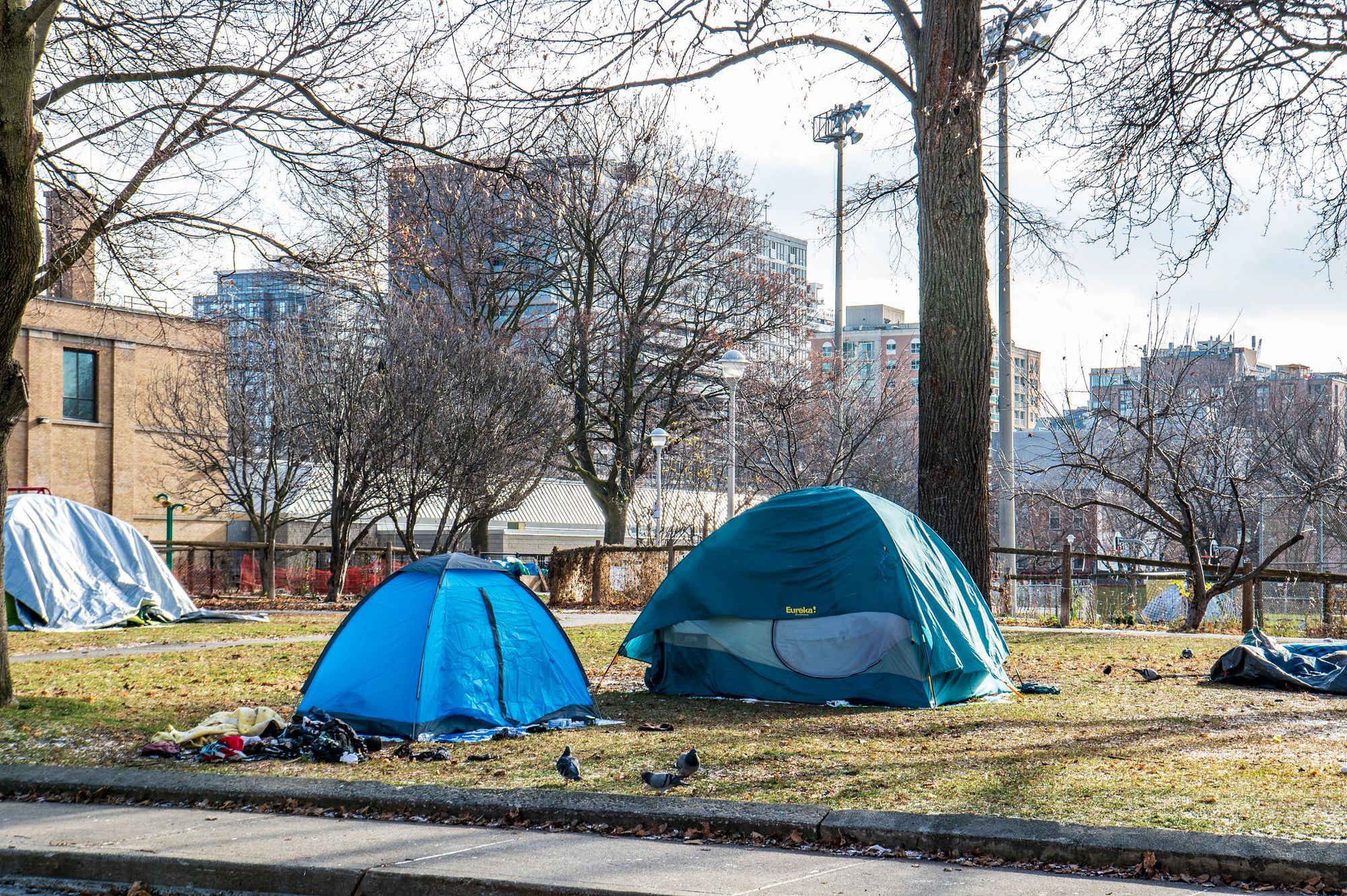
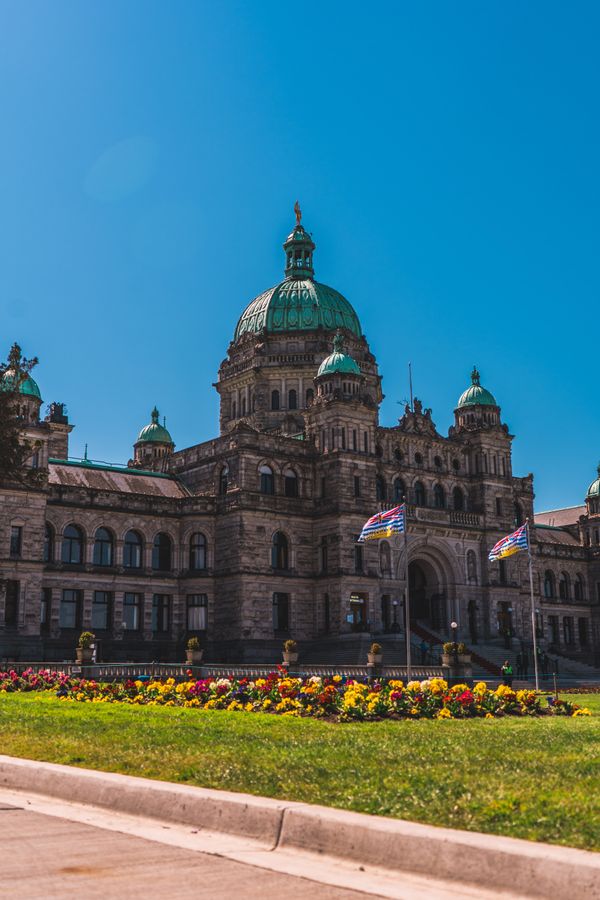
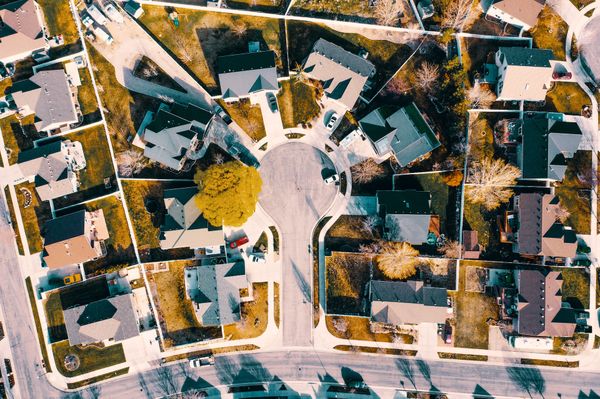
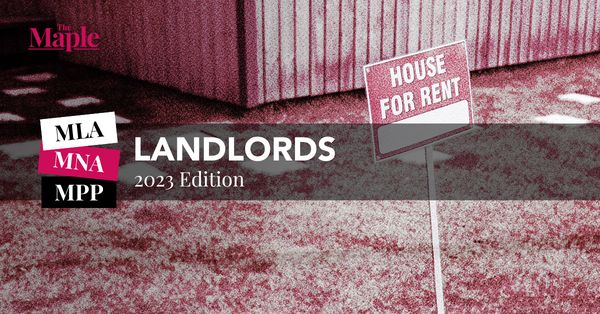

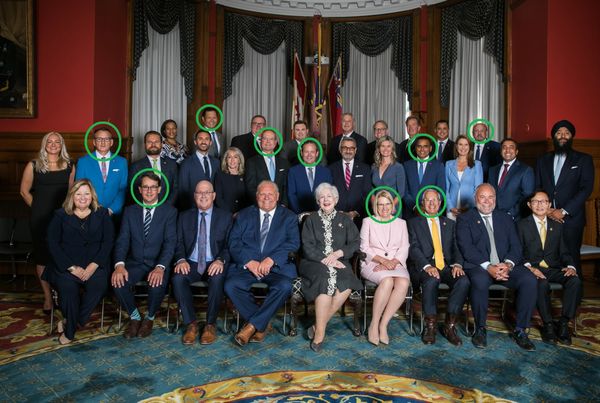
Member discussion